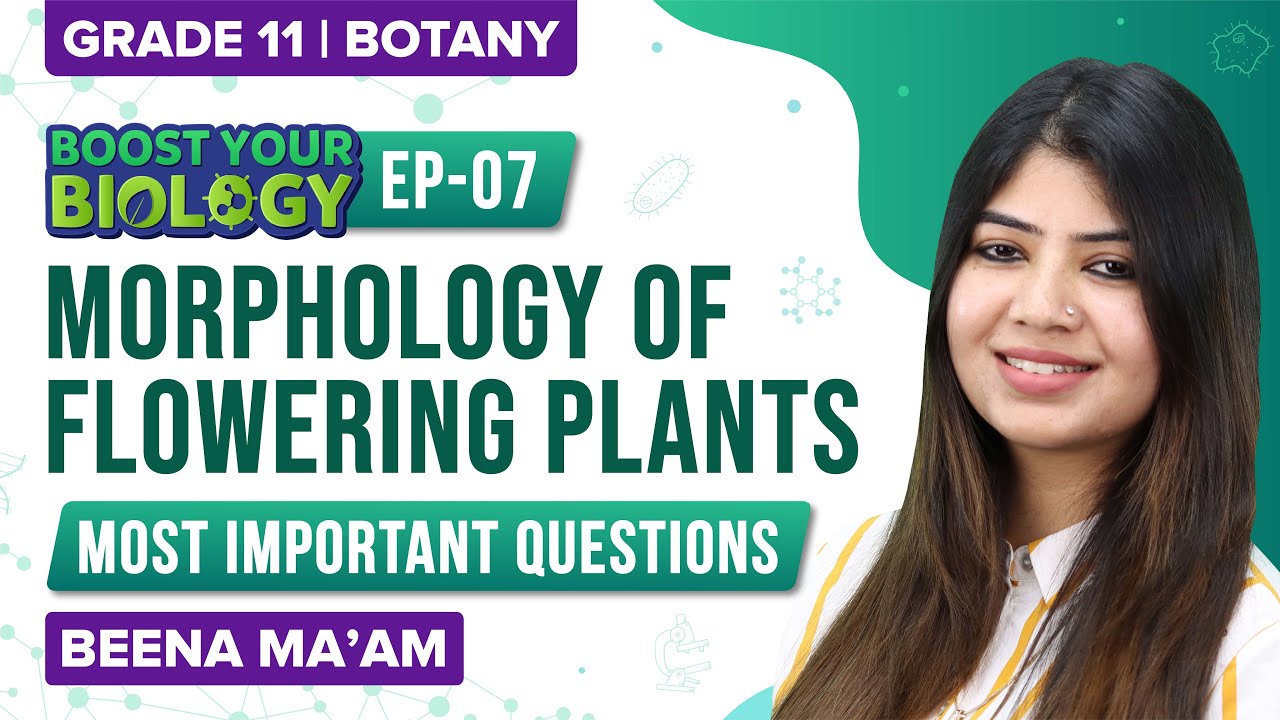Stems of many plants are modified to perform different functions such as storage, protection, photosynthesis, support, propagation and perennation. Modifications help in better adaptation and survival.
Download Complete Chapter Notes of Morphology of Flowering Plants
Download Now
Stems develop from the plumule of the germinating seed. It bears leaves, fruits, flowers, etc. The characteristic feature of a stem is nodes and internodes. The main function of the stem is to support other parts of the plant and conduction of food, water and minerals.
Don’t miss: Answer Key of NEET 2022In some plants, stems are modified, which can be aerial, subaerial or underground modifications. They are modified to perform other functions, which are not normally associated with the stem.
Table of Contents:
Let us learn more about the different types of stem modifications with examples.
Types of Modifications with Examples
Modified stems can be categorized into three types:
- Underground – Rhizome, Bulb, Corm, Tuber
- Subaerial – Runner, Sucker, Offsets, Stolon
- Aerial – Tendrils, Thorn, Bulbils, Cladode, Phylloclade
1. Underground Stem Modifications
As the name suggests, these are present underground. They serve various purposes such as storage of food, propagation and perennation. They can be identified from roots by the presence of nodes and internodes. They help in propagation through asexual reproduction and help the plant survive a period of dormancy. They provide protection from grazing by animals and environmental stress.
- Rhizome – It runs parallel to the ground, the upper portion can produce scaly leaves and the bottom portion can give rise to adventitious roots. They contain, nodes, internodes and buds.
They store food.Examples: Ginger, turmeric.Banana contains rootstock, which is rhizome growing vertically. - Bulb – Stem is reduced and surrounded by scale leaves, modified bulbs can be seen.Examples: Tulips, Lilies, Daffodils, Onion, Garlic
- Corm – It is a short upright stem, covered with scaly leaves. It is hard as compared to bulbs.Examples: Colocasia, Yam, Saffron
- Tuber – Here the terminal of the stem is fleshy and stores food. The stem contains nodes and internodes but due to swelling, they are not very distinct. Presence of scaly leaves at nodes can be seen as eyes or scars.Examples: Potato, Artichokes
2. Subaerial Stem Modifications
These types of stems are present on the ground or partially underground. They are present mostly in plants, which are short-lived and have a weak and herbaceous stem. The stem is used for faster propagation.
- Runner – It originates from the elongation of the basal internode and runs horizontally over the ground. It carries bud and anchors the soil with the help of root development at nodes. It gives rise to a new plant.Examples: Grasses, Cynodon, Oxalis
- Stolon – A short and weak aerial branch arises from the main axis it bends down and touches the ground forming roots. A new plant develops there.Examples: Mint, Strawberry
- Sucker – Sucker arises from the underground portion of the stem, it grows horizontally under the soil and then comes above the ground. It develops adventitious roots and shoots with leaves and forms a new plant.Examples: Chrysanthemum, banana, pineapple.
- Offsets – They are found mostly in aquatic plants. A lateral branch arises having short internodes. At nodes, rosettes of leaves develop at the upper portion and roots below.Examples: Pistia, Eichornia
3. Aerial Stem Modification
In some plants, the aerial part of the stem and buds get modified to perform various functions such as support, climbing, photosynthesis and vegetative propagation.
- Tendrils – These are coiled and a delicate part, which are used for climbing. They develop from the axillary bud.Examples: grapevines, watermelons, pumpkin, cucumber
- Thorns – These are developed from axillary buds. They are pointed, woody and hard, spiny structures, which provide protection from grazing animals.Examples: Bougainvillea, lemon
- Bulbils – It is a modified axillary bud, it stores food and becomes fleshy. It detaches from the mother plant and develops into a new plant.Examples: Dioscorea
- Cladode and Phylloclade – These are modified stems, which are green and perform photosynthesis. They become fleshy. Leaves are reduced to spines. These are commonly found in xerophytic plants to reduce water loss.Examples: Opuntia, Euphorbia, Asparagus
This was all about stem modifications. Explore notes on Morphology of Flowering Plants and other important concepts related to NEET, only at BYJU’S.
Recommended Video:

| Important MCQs for NEET Biology: |
Frequently Asked Questions
What is a stem?
The stem is the part of the plant which is found above the ground. The bark of trees are brown in colour and younger stems are green in colour. It forms the basis of the shoot system and bears leaves, fruits and flowers.
What are nodes and internodes?
Nodes and internodes are two major parts of the stem. The nodes hold buds, leaves, branches, etc. Sometimes even adventitious roots develop from the nodes. The internode is a region between two nodes.
What are some functions of the stem?
Stem provides support for the elevation of flowers, leaves and fruits. It stores nutrients and also helps in transportation. Stems have meristems that help in the production of new living tissue.
you are the best!